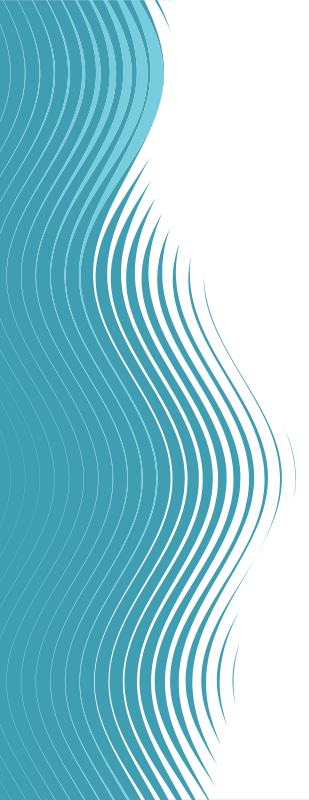Water Quality Research & Reports
Here are some educational resources about water quality in the Shuswap.
Shuswap Watershed Council Annual Water Quality Reports
2023-2024 Water Quality Report
The SWC has completed its eighth annual report on water quality in the Shuswap watershed.
See sections on:
Also See:
For water quality reports published prior to 2014 by the former Shuswap Lake Integrated Planning Process (SLIPP), please refer to the SLIPP Resource Archive.
Nutrient Research by UBC–Okanagan
Nutrients have long been of interest in the Shuswap because of their importance to lake health and productivity, and their ability to trigger an algal bloom. Phosphorus (P), in particular, is a key nutrient in aquatic ecosystems because plants and animals such as algae, invertebrates and fish need P to grow and reproduce. Therefore, it’s essential for supporting a healthy ecosystem. In excessive amounts, however, nutrients and algae growth can reduce water clarity, create odours and reduce the quality of water for drinking and recreation.
Water quality monitoring in the Shuswap has indicated that water quality is generally good in most locations at most times of year. It has also shown us that the largest loads of nutrients to the lakes are coming from the Shuswap and Salmon Rivers. The Shuswap Watershed Council wanted to understand this better and gain answers to the following questions:
Are there excess nutrients in the rivers that are not from the natural environment?
If so, where are they coming from and how are they getting into the rivers?
The SWC worked with researchers at UBC Okanagan to answer these questions. Two phases of research were carried out, from 2016–2021. The results of this work show which areas of the watershed we collectively ought to focus on when mitigating and decreasing phosphorus inputs to the rivers to protect water quality for the long term. It has also shown us that the time to intervene with new and improved nutrient management strategies is now. Levels of phosphorus in the rivers and lakes have been steadily increasing for about four decades.
Understanding Nutrients
and Water Quality
The research is summarized in a report from the Shuswap Watershed Council: Nutrients and Water Quality in the Shuswap watershed. This is updated version of the research summary report that was originally published in early 2020.
More on Nutrient Research
A portion of Phase I research results are presented in the Master’s thesis of Megan Ludwig, one of the researchers. It is entitled A multi-method approach for determining a phosphorus budget for the Shuswap and Salmon Rivers in Southern Interior British Columbia. The document is available on the UBC website.
Additionally, Phase II research methods and results are summarized in a narrated streaming slide presentation, Mara Lake Nutrient History Study, prepared by Nicholas Hebda as part of his Ph.D research.
Full technical reports from the research team at UBC Okanagan are also available:
Monitoring Shuswap Lake for Contaminants of Emerging Concern
In 2017 the SWC initiated a water quality monitoring project in Shuswap Lake to test for the presence of substances called nonylphenols. Nonylphenols are a group of synthetic (man-made) compounds found in many industry and consumer products such as detergents, shampoos, cosmetics, lubricants, plastics, rubbers, paints and more. Nonylphenols can be toxic and persistent in the environment, and harmful to algae, invertebrates and fish. They are not routinely monitored in fresh water by environmental regulators.
Because nonylphenols are in such a variety of household consumer products, it’s quite possible that household wastewater contains small amounts of the substances. That possibility, combined with the awareness of nonylphenols’ potential harmfulness to lakes and rivers (but no current understanding about them in the Shuswap), is what led the SWC to initiate this special monitoring project.
The results are good!
The results of the monitoring project, which ran from Spring to Fall 2017, were very good. The monitoring involved taking samples at various locations in Shuswap Lake (Salmon Arm Bay), and from the Salmon Arm Wastewater Treatment Plant. Nonylphenols were not detected in any samples taken from the lake; a trace amount of one kind of nonylphenol was detected in the treatment plant effluent samples.
These monitoring results suggest that nonylphenols are entering the lake via treatment plant effluent, but in such minuscule amounts that sophisticated water quality analysis can’t detect or measure their presence in the lake. The Canadian Water Quality Guideline for the Protection of Aquatic Life sets the guideline for nonylphenols in fresh water at 1 microgram per litre. Shuswap Lake is well within that limit. See our media release below on the results.
The Shuswap Watershed Council thanks the City of Salmon Arm and the BC Ministry of Environment and Climate Change Strategy for their support and participation in this monitoring project.
Agricultural Nutrient Management Report
The Shuswap Watershed Council commissioned the following report from a professional agrologist in 2014:
Sources of Nutrients Study
Prior to the formation of the Shuswap Watershed Council, the Shuswap Lake Integrated Planning Process commissioned the following report from a professional biologist in 2014:
Top Banner Photo: Darren Robinson, Shuswap Tourism





